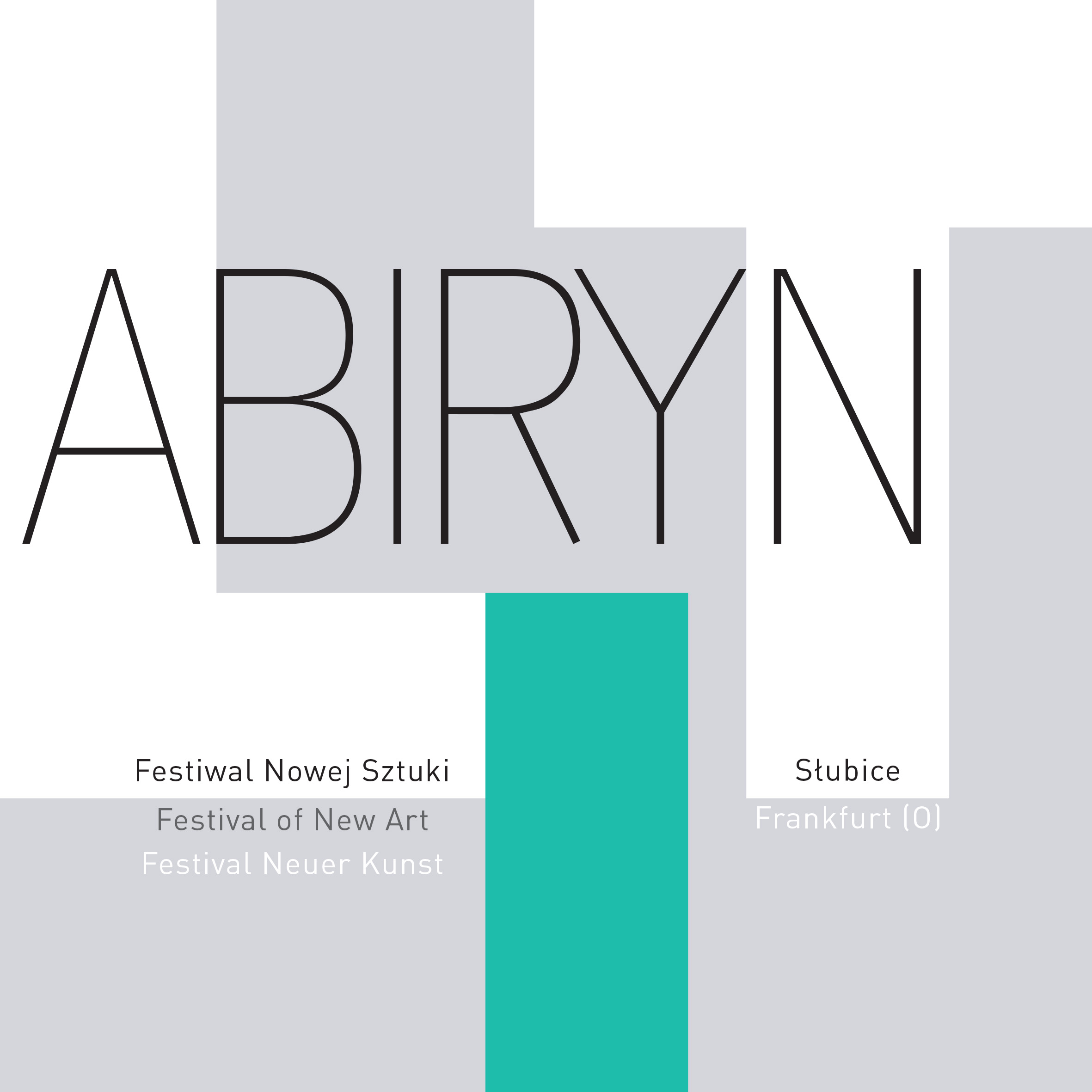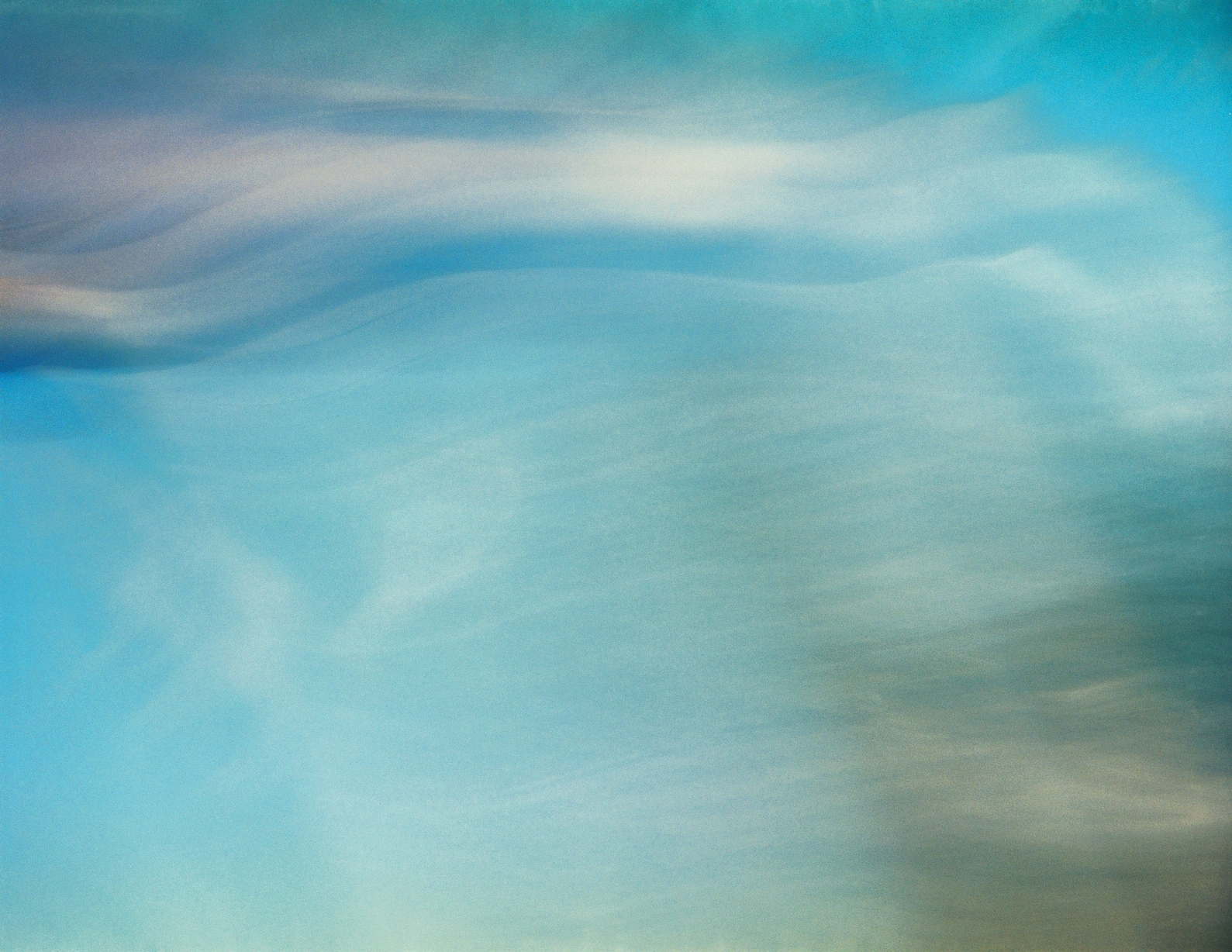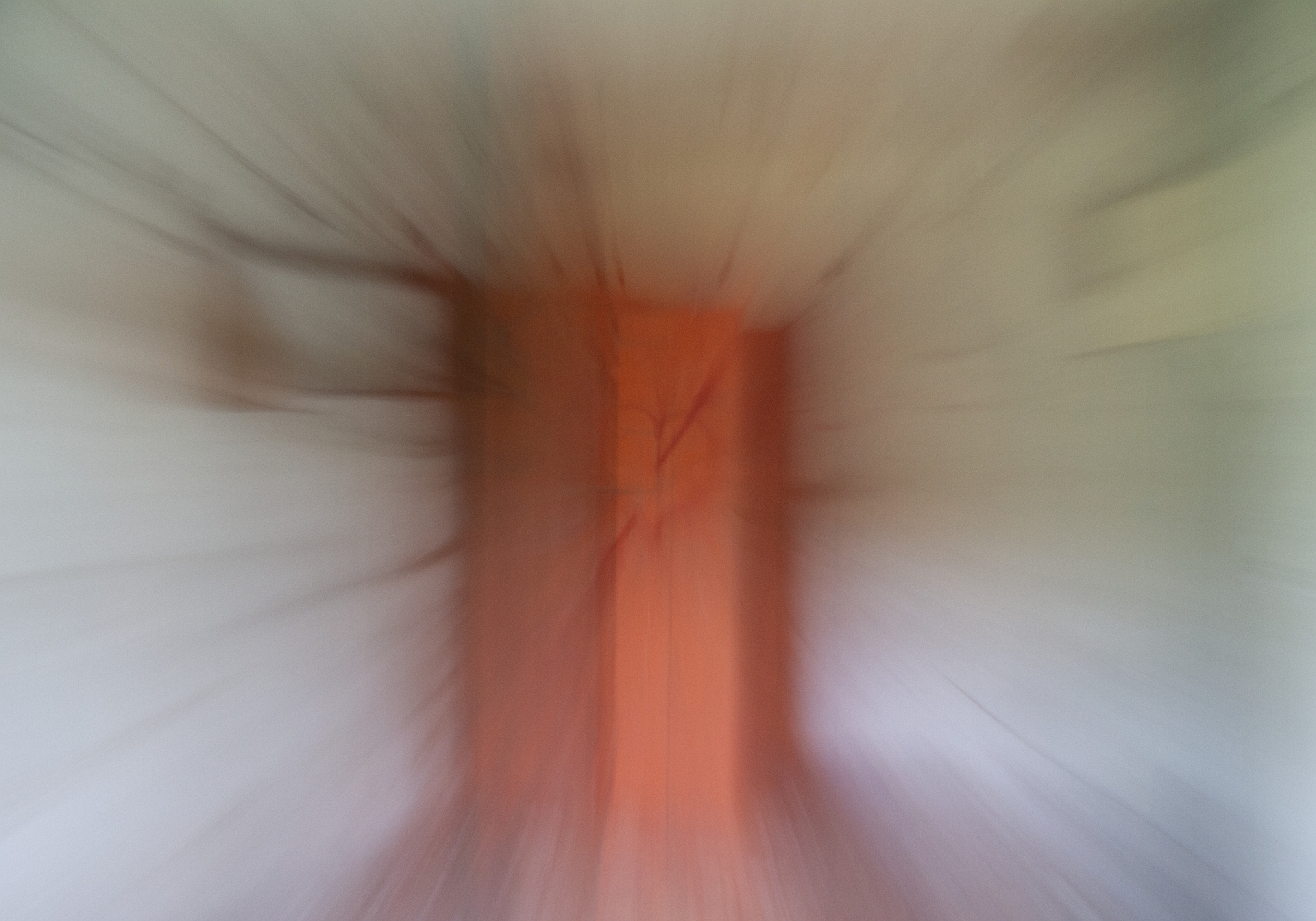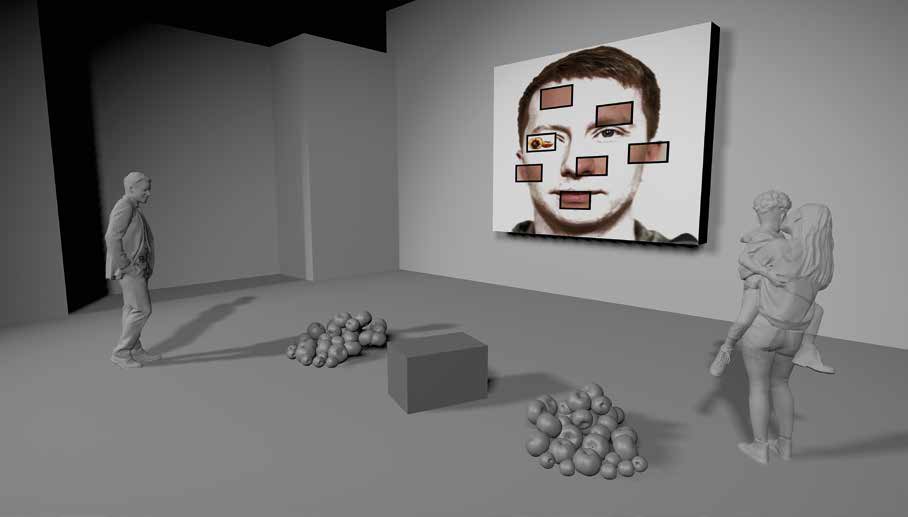

Menu


Slide

doslider02
doslider01
„…gdyby tylko nie było krat…”
‘...if only there were no bars...’
„…wenn nur die Gitter nicht wären…“
Autor | artist | Autor: : Tomasz Drewicz (1982)
miejsce | place | Ort: Kulturmanufaktur Gerstenberg, Ziegelstraße 28A, Frankfurt (O)
Inspiracją do stworzenia tej pracy były słowa Georga Christopha Lichtenberga,
które brzmią następująco: „Tak, zakonnice złożyły nie tylko uroczyste ślubowanie czystości, lecz mają też jeszcze mocne kraty przed swoimi oknami. – Ach, poradzilibyśmy sobie ze ślubowaniem, gdyby tylko nie było krat”.
Ten żyjący w XVIII wieku niemiecki naukowiec, filozof i aforysta, w sobie tylko właściwy sposób zwraca nam uwagę na fakt, iż okno jest przede wszystkim granicą, która jednak daje nadzieję. I choć w większości przypadków jest to nadzieja złudna, to jednak wcale przez to nie mniej cenna. Uwidacznia bowiem to, co realne, i zarazem to, co wyobrażone. Buduje wrażenie możliwości osiągnięcia celu, stwarzając iluzję, że jest on na wyciągnięcie ręki. To, co za oknem, kusi nas swoją obecnością i mami obietnicą, stawiając jednocześnie pytanie właśnie o tę granicę, której przekroczenie może nas zarówno „rozwinąć”, jak i…
…
..
.
„zanieczyścić”.
This work was inspired by the words of Georg Christoph Lichtenberg, which read as follows: “Yes, the nuns have not only taken a solemn vow of chastity, but also have strong bars in front of their windows.” “Oh, we could manage the vow, if only there were no bars”. Sudelbücher, Heft C (37)
This German scientist, philosopher and aphorist, who lived in the 18th century, in his own special way points out that windows, above all, are boundaries, which nevertheless offer hope. And although in most cases it is an illusory hope, it is no less valuable for that. For it makes visible both the real and the imagined. It suggests the possibility of achieving one’s goal and creates the illusion that it is just at one’s fingertips. What lies behind the window tempts us with its presence and entices us with its promise, thus drawing that very boundary into question. Yet crossing this border either brings “development” or
…
..
.
“contamination”.
Inspiriert zu dieser Arbeit hat mich folgender Aphorismus von Georg Christoph Lichtenberg: „Ja die Nonnen haben nicht allein ein strenges Gelübde der Keuschheit getan, sondern haben auch noch starke Gitter vor ihren Fenstern.“ A: „O durch das Gelübde wollten wir wohl kommen, wenn wir nur durch die Gitter wären.“ Sudelbücher, Heft C (37)
Auf ganz eigene Weise führt uns dieser im 18. Jahrhundert lebende Forscher, Philosoph und Aphorist vor Augen, dass
Fenster vor allem Grenzen darstellen, die aber dennoch Anlass zur Hoffnung geben. Und auch wenn es sich in den meisten Fällen um eine illusorische Hoffnung handelt, so ist sie deswegen um nichts weniger wertvoll. Denn sie macht sowohl das Reale als auch das Imaginäre sichtbar. Die Hoffnung suggeriert die Möglichkeit ein Ziel erreichen zu können und verstärkt die Illusion, dass es sich schon in Reichweite befindet. Das, was hinter dem Fenster liegt, ist durch seine pure Präsenz eine verführerische Verlockung und stellt damit genau jene Grenze in Frage, deren Überschreitung uns entweder „weiter“ bringt oder ins Verderben stürzt.
…
..
.
